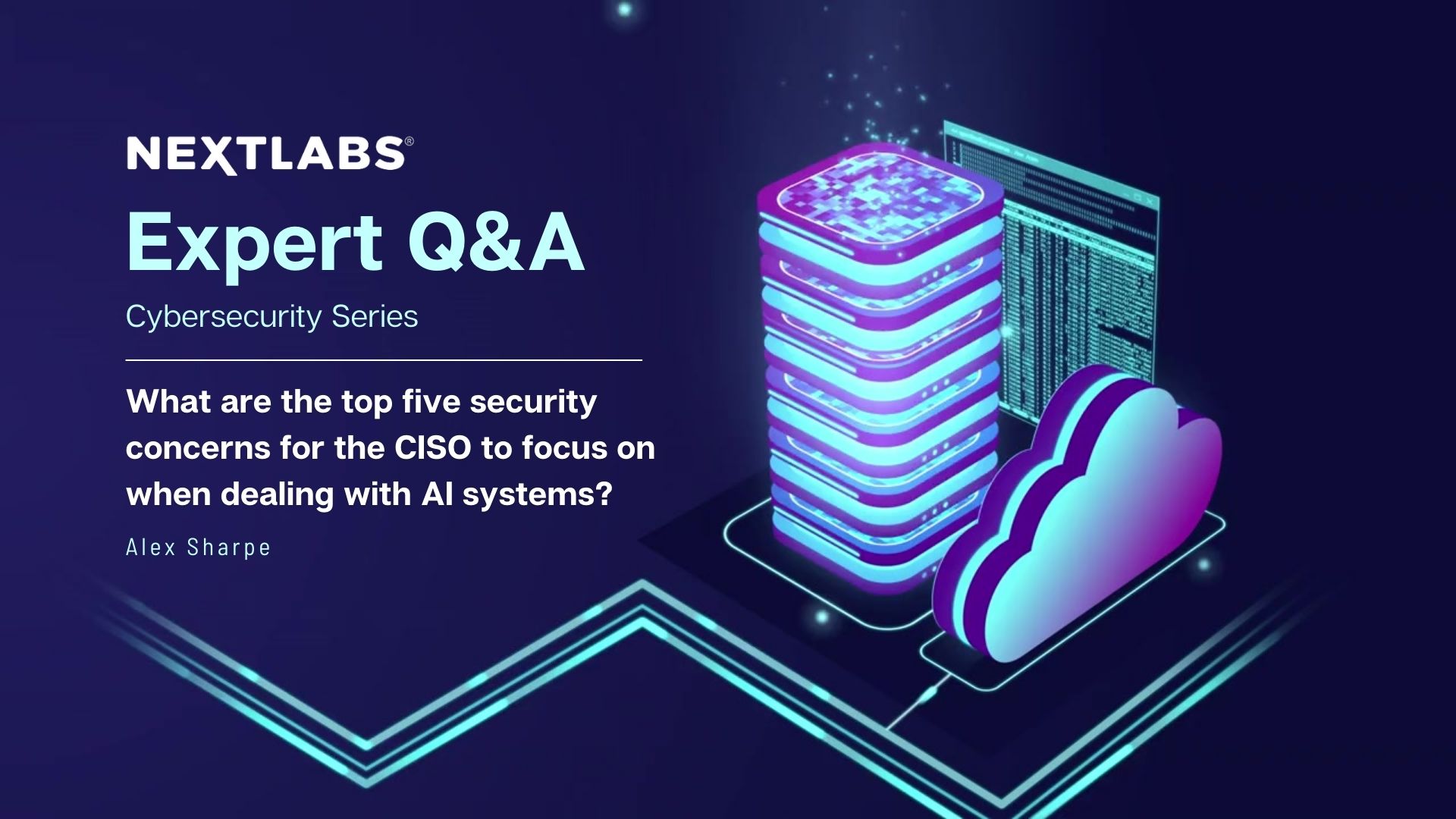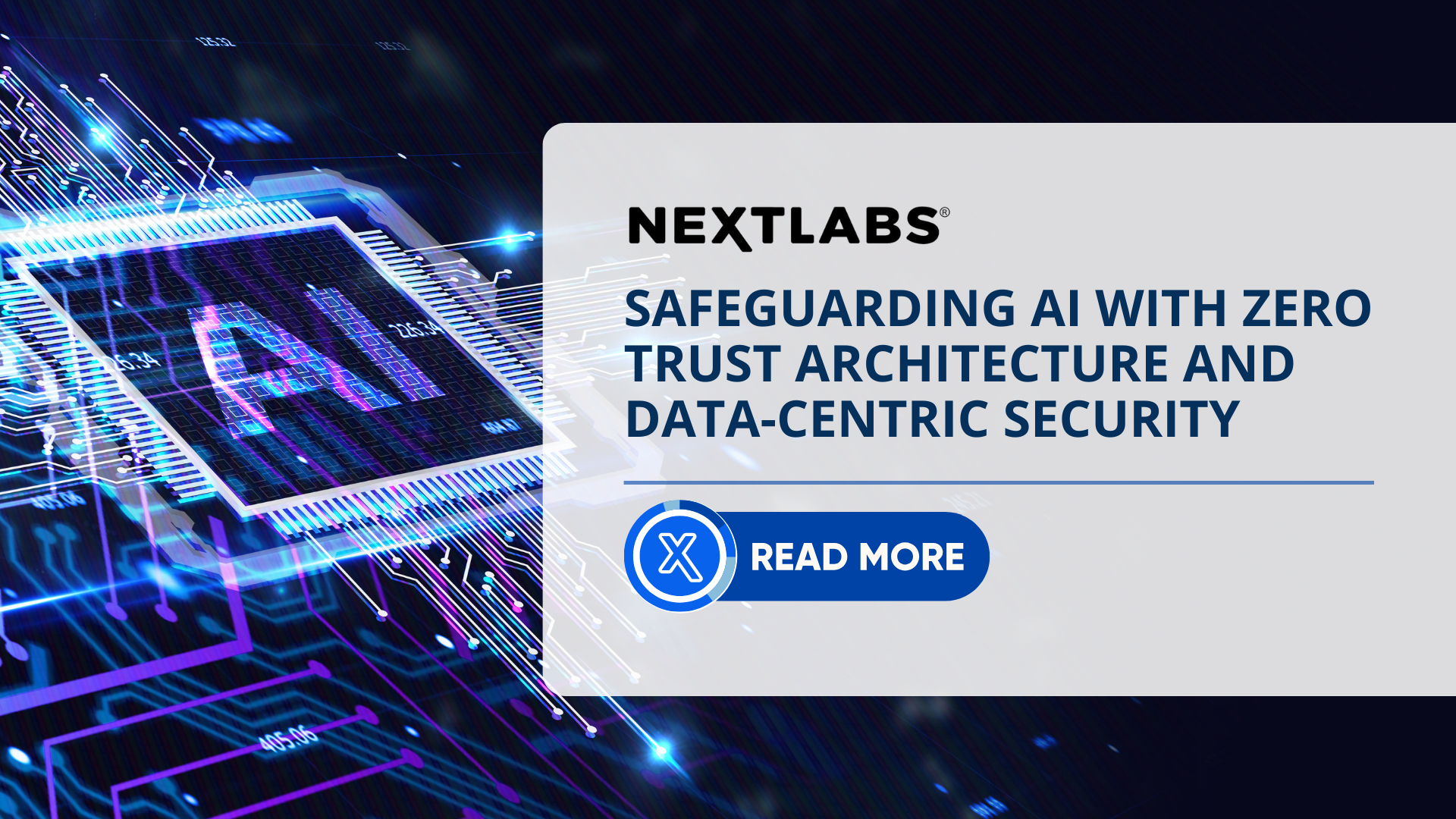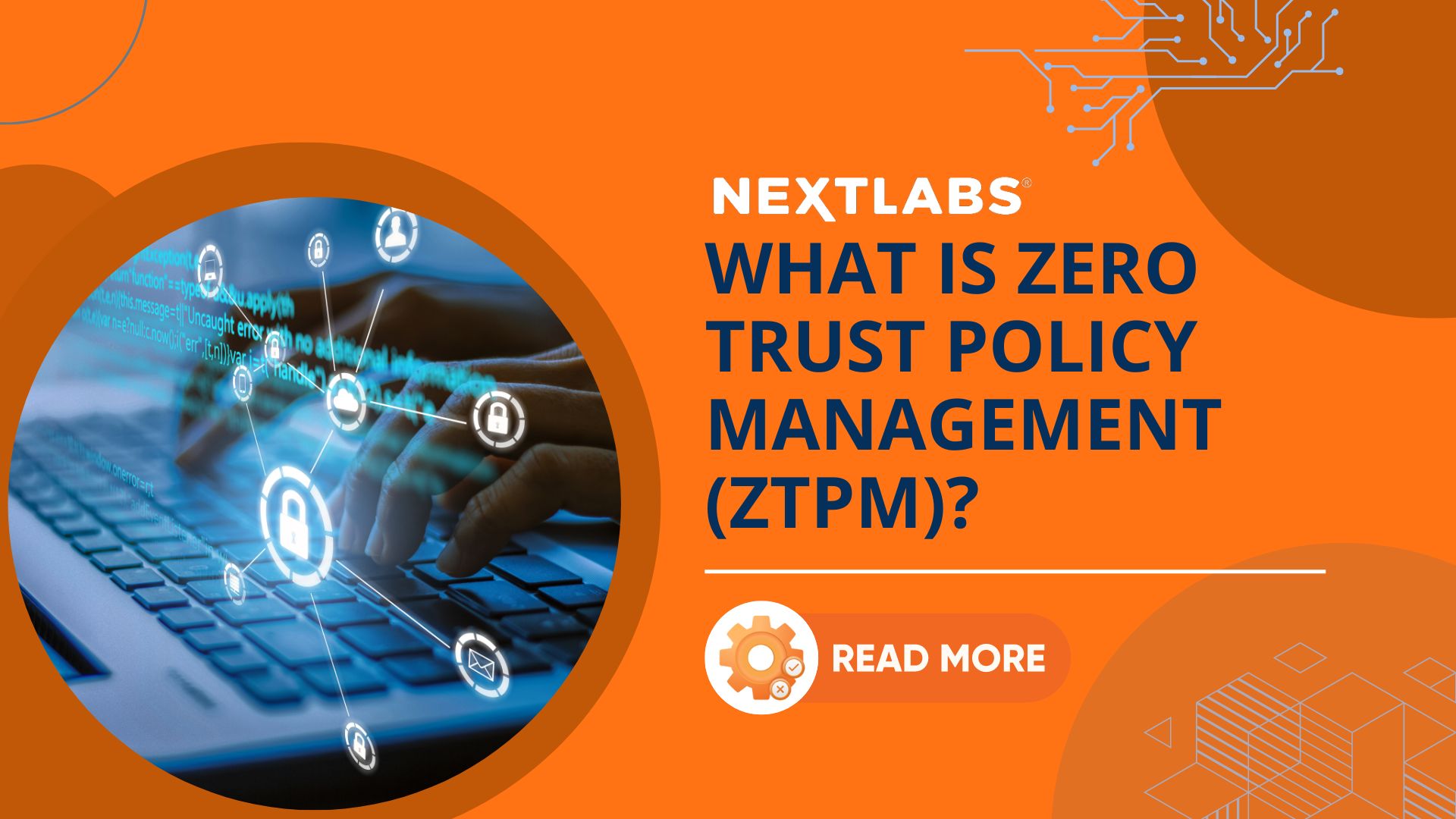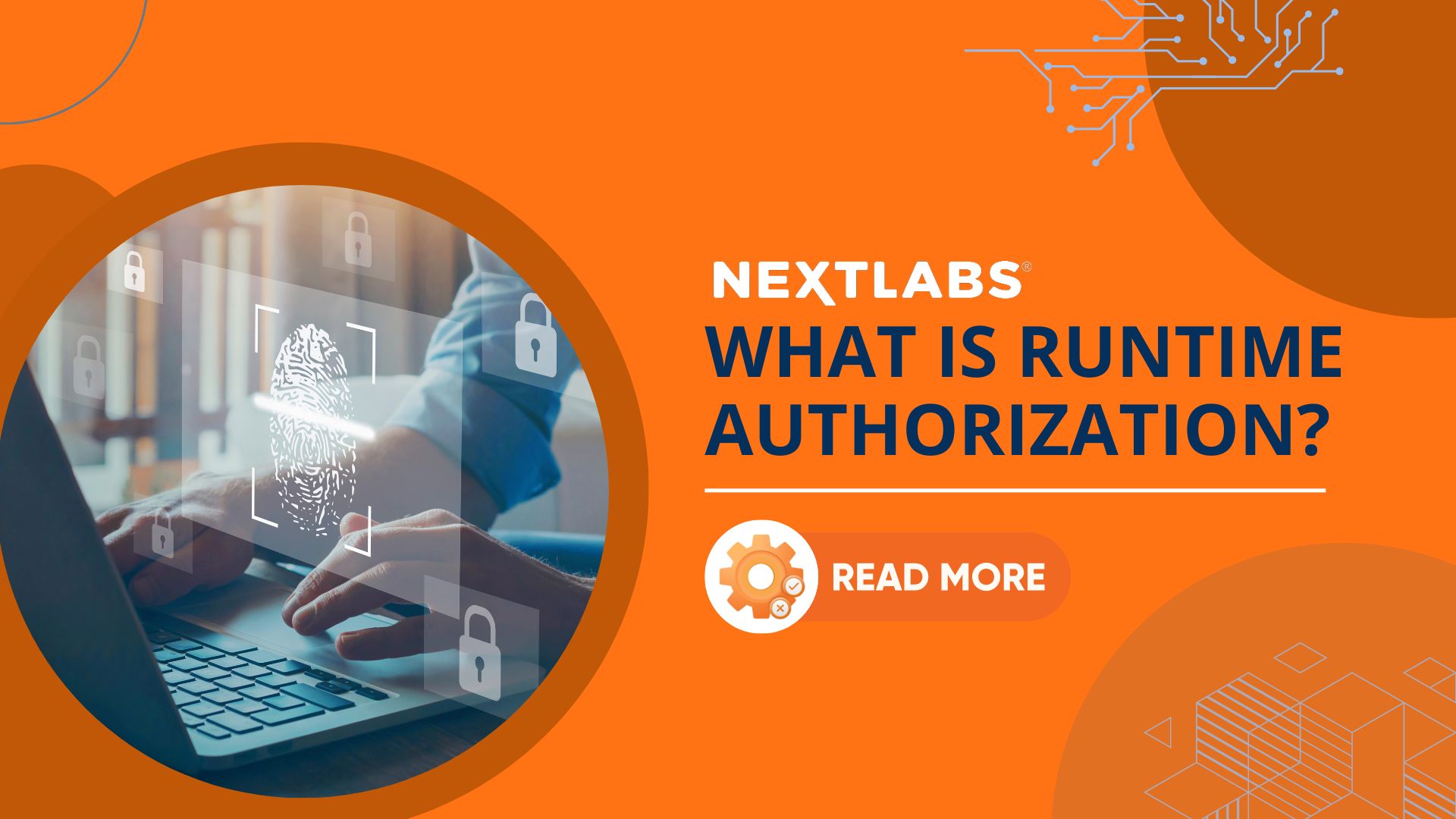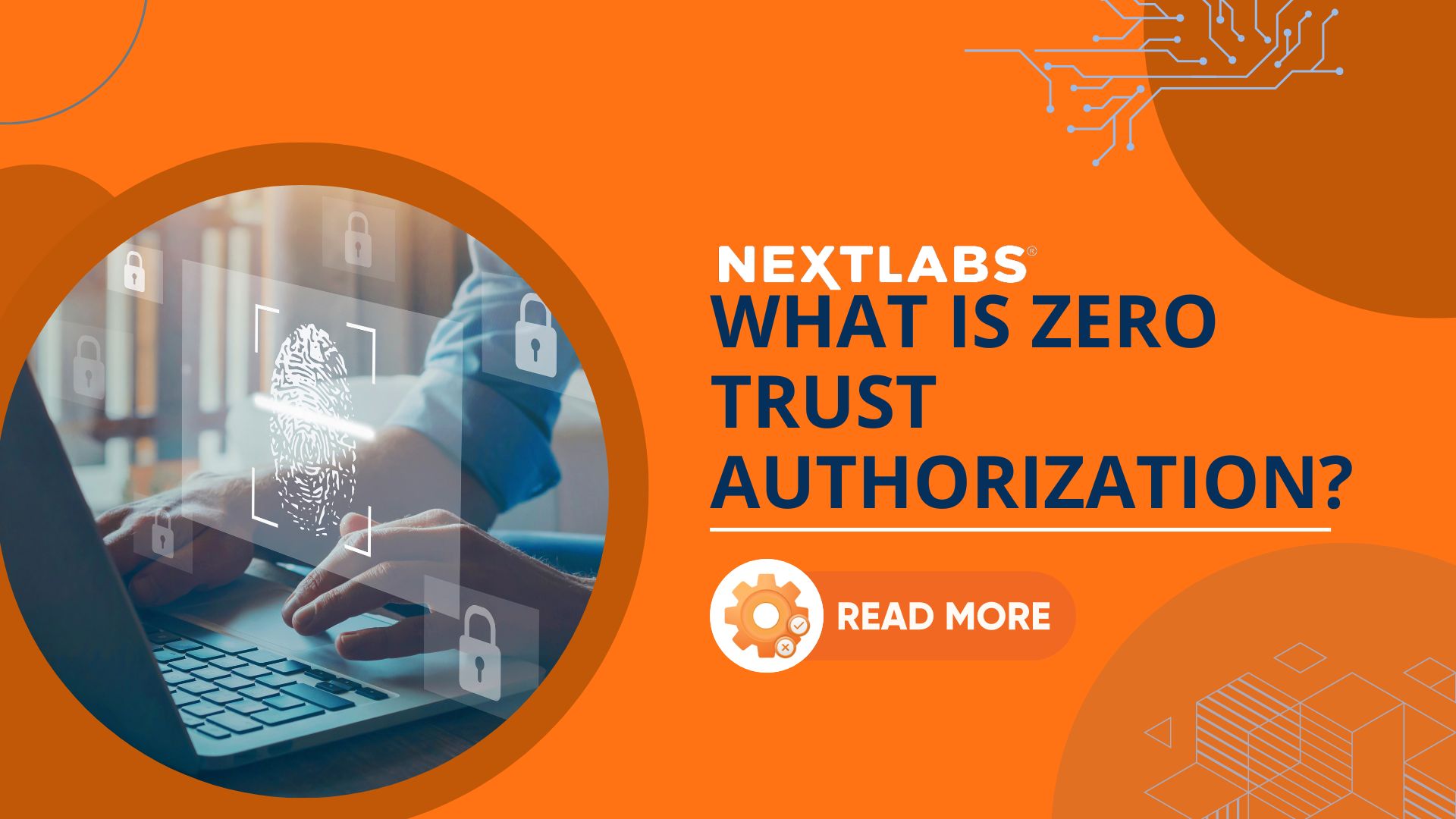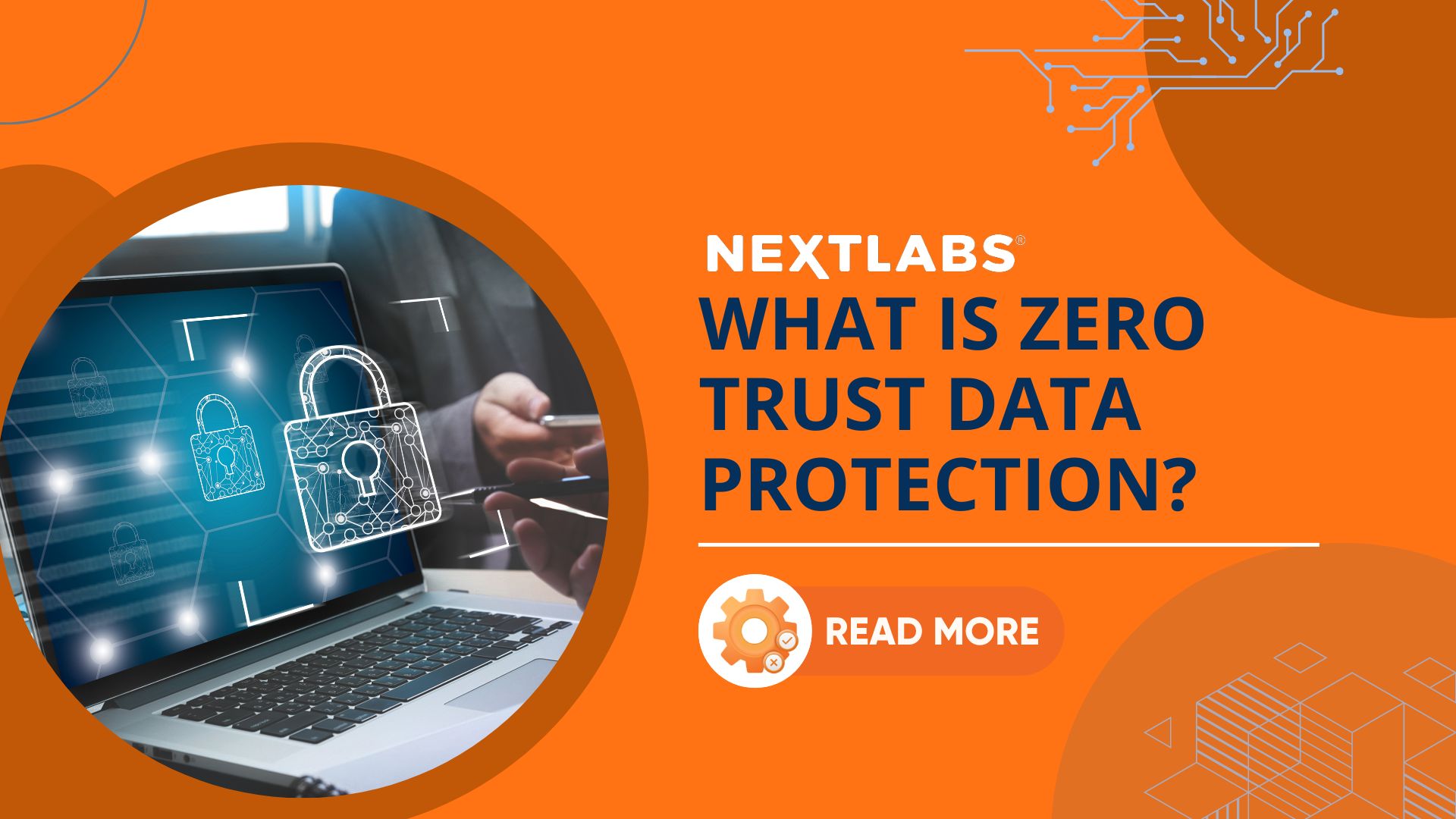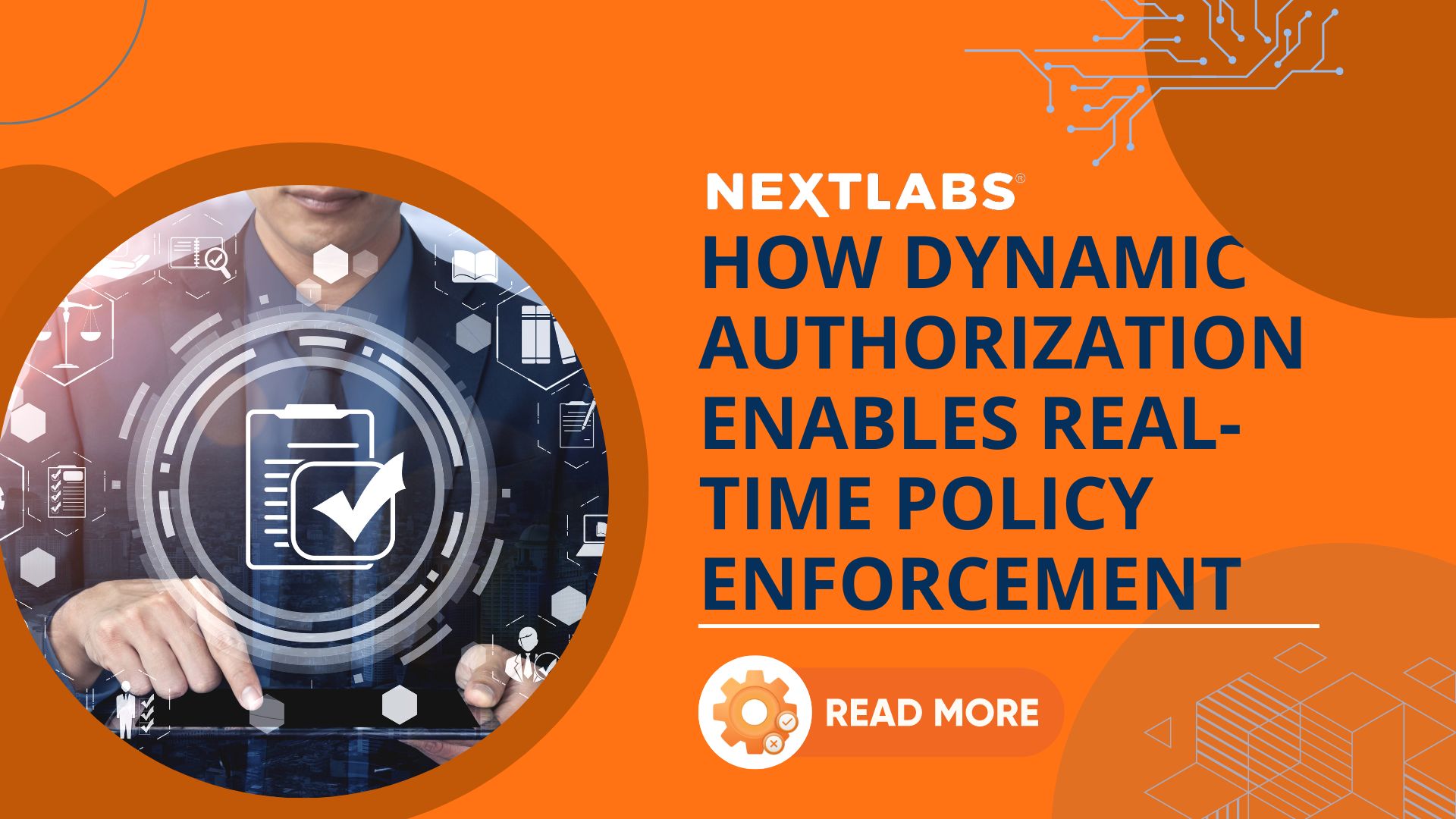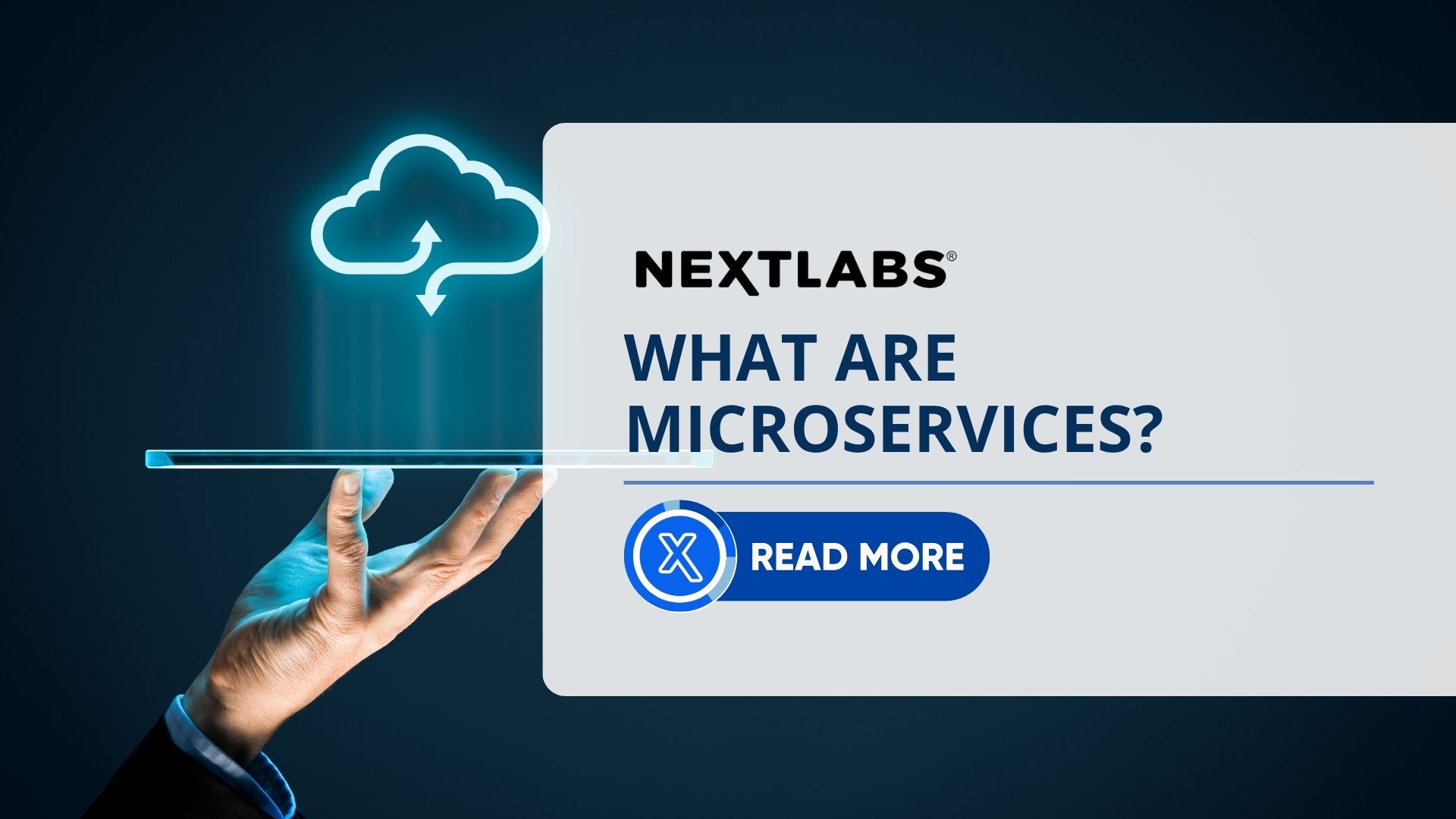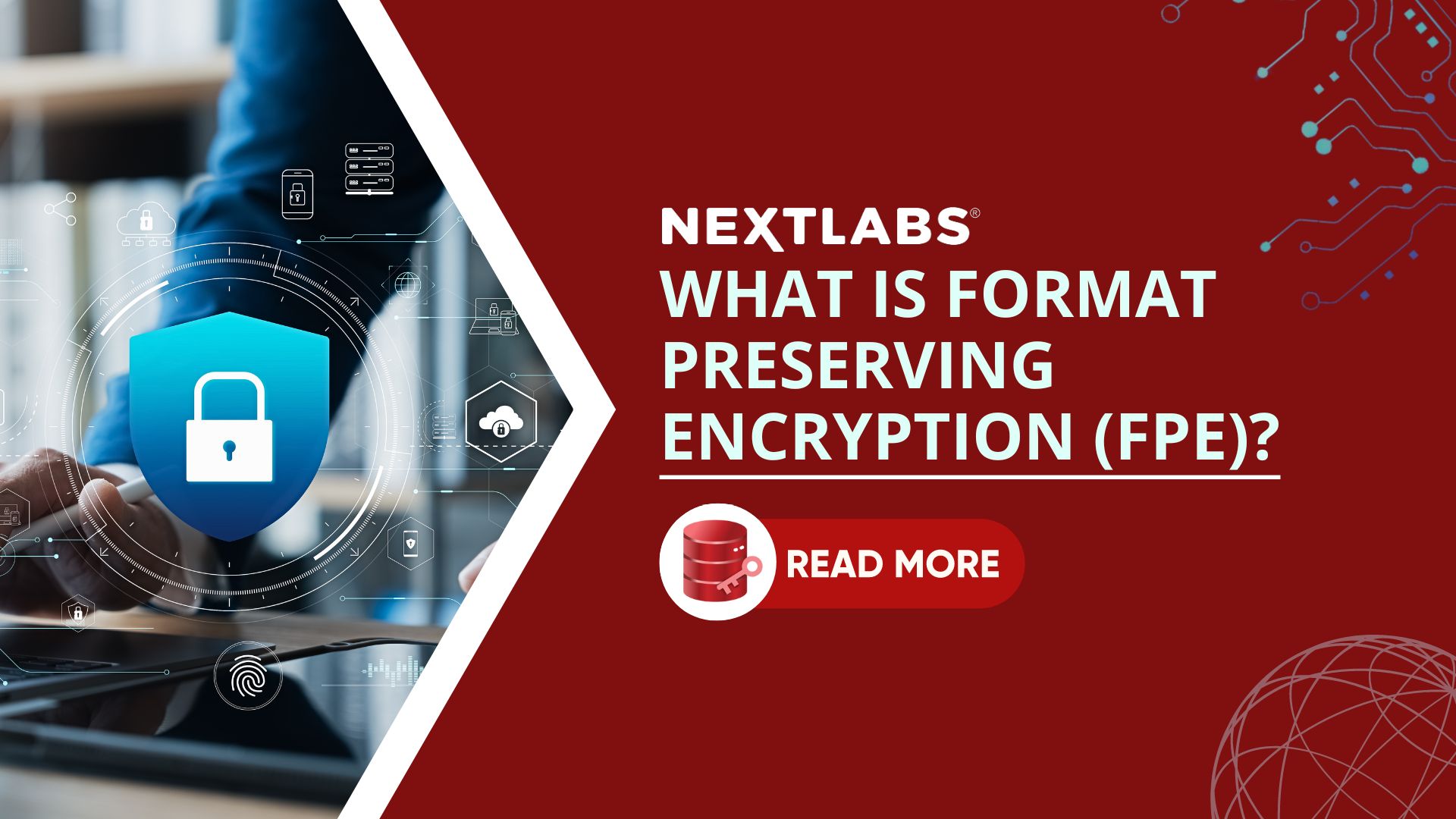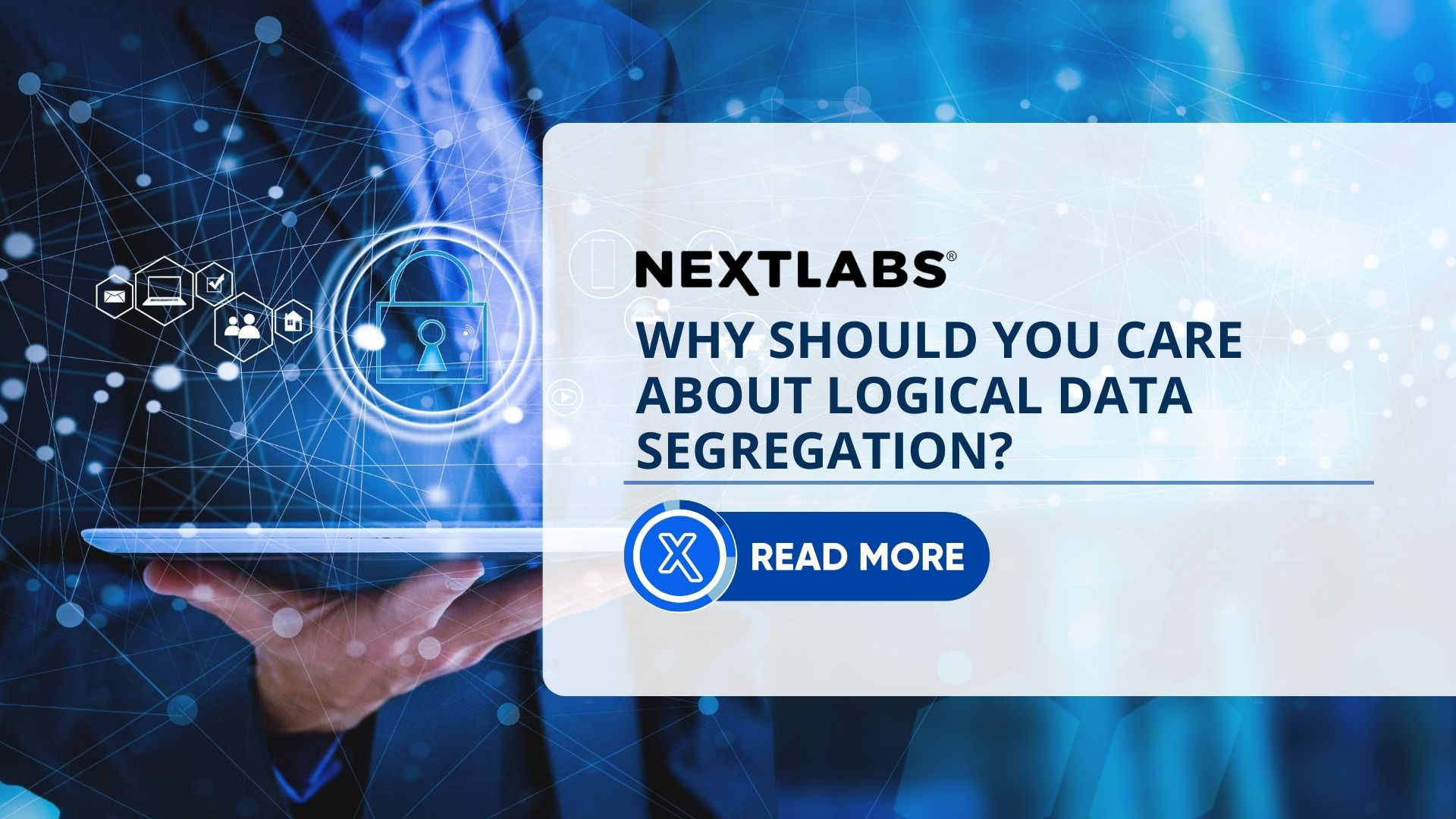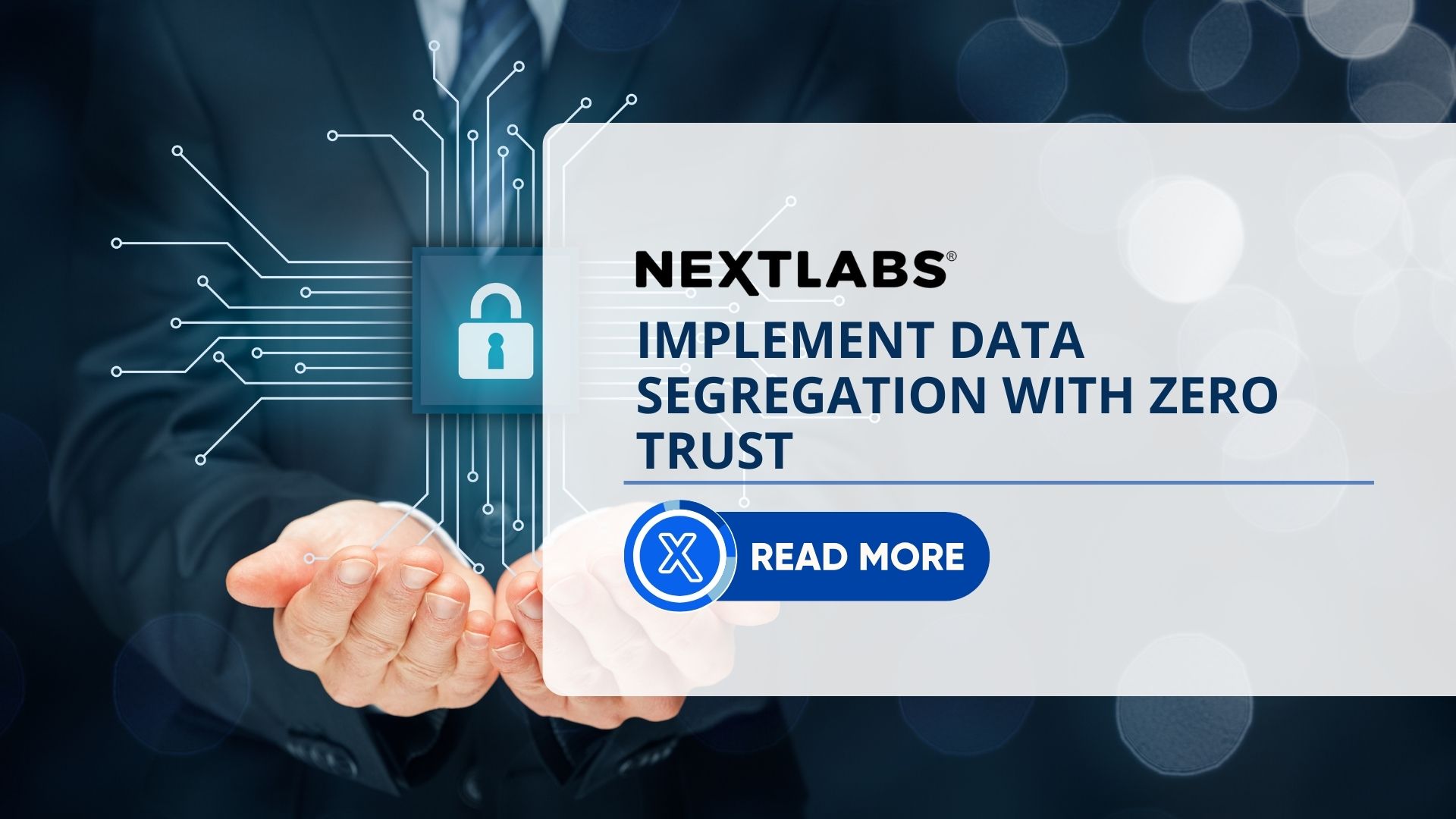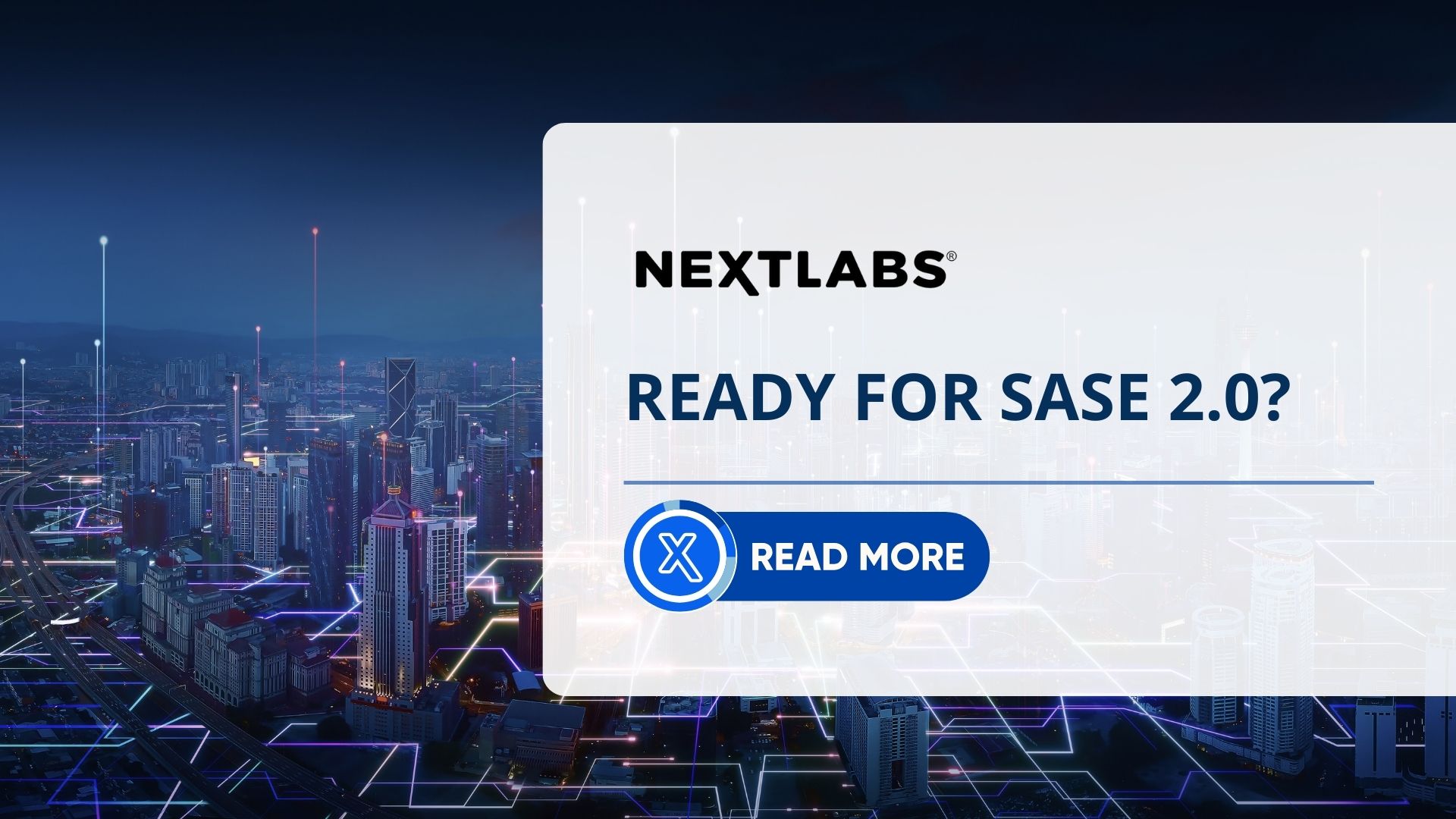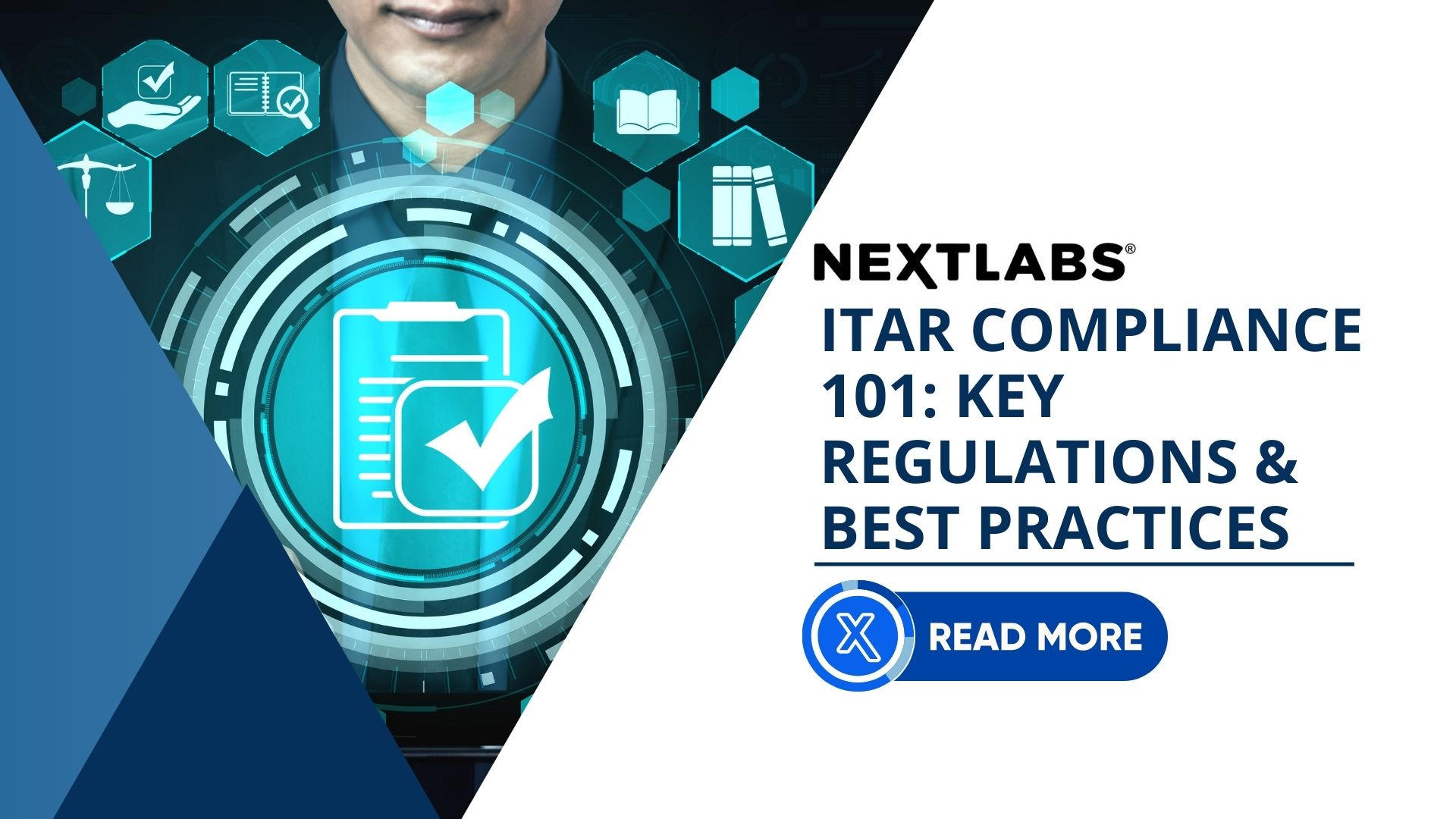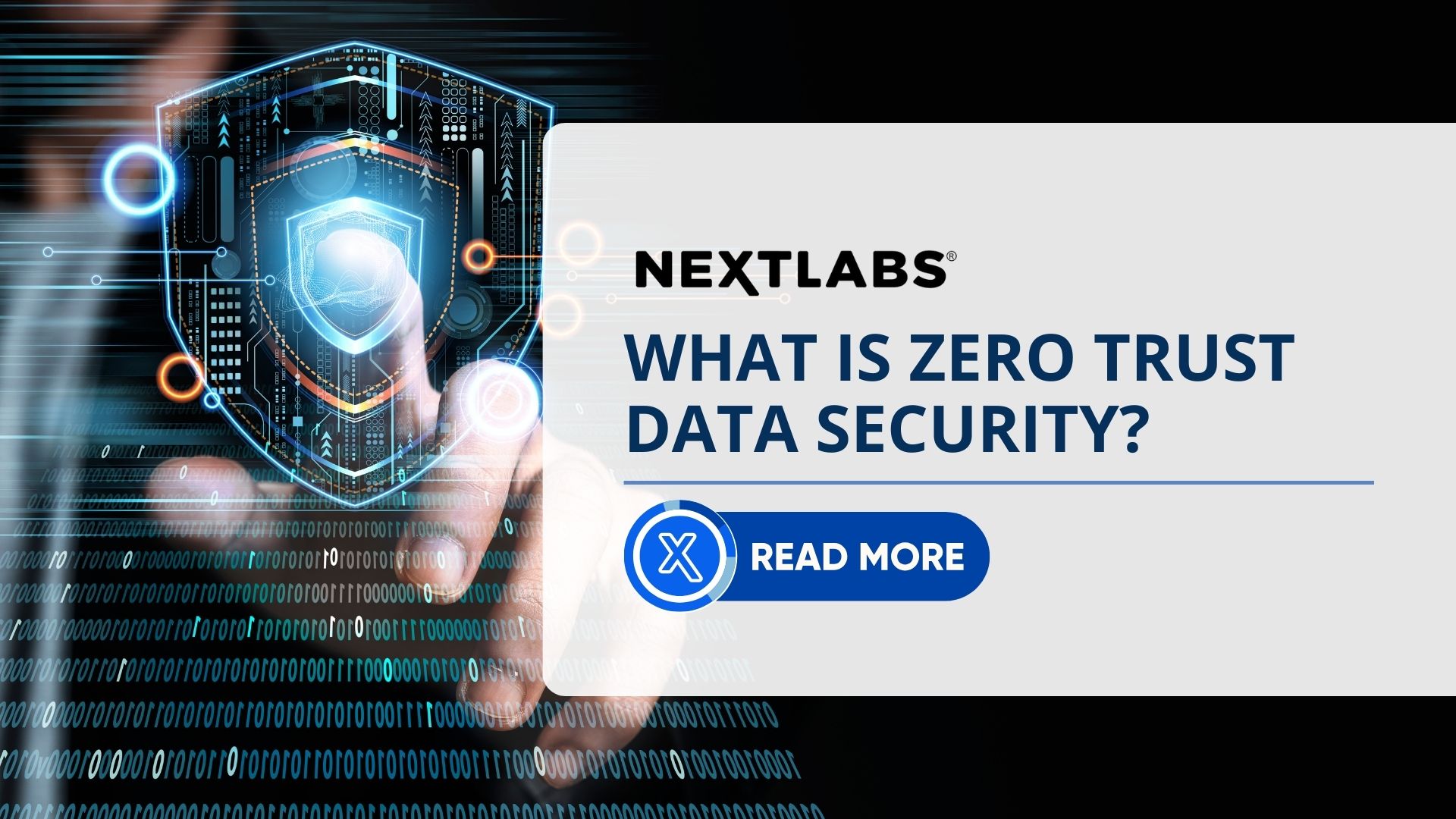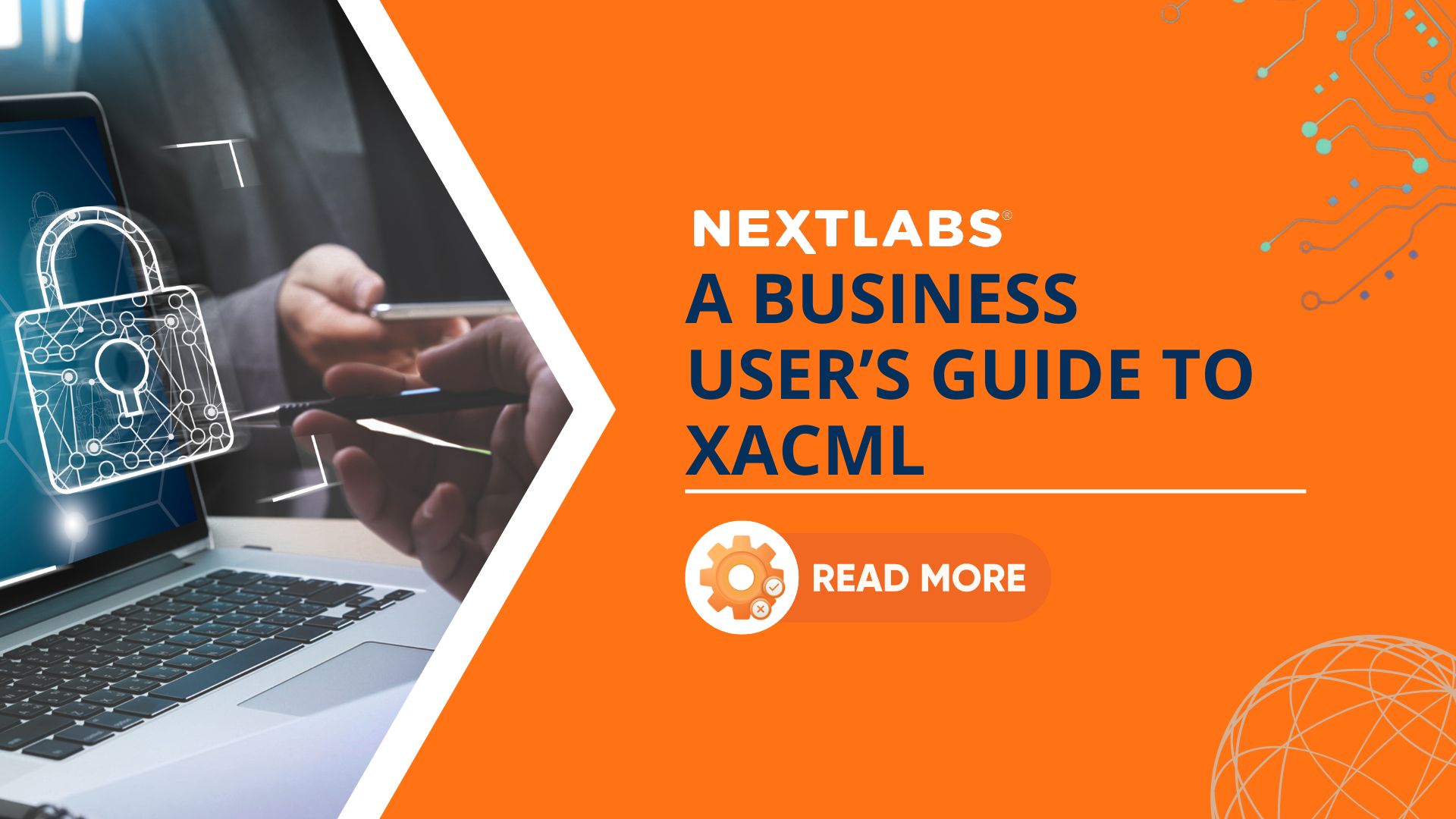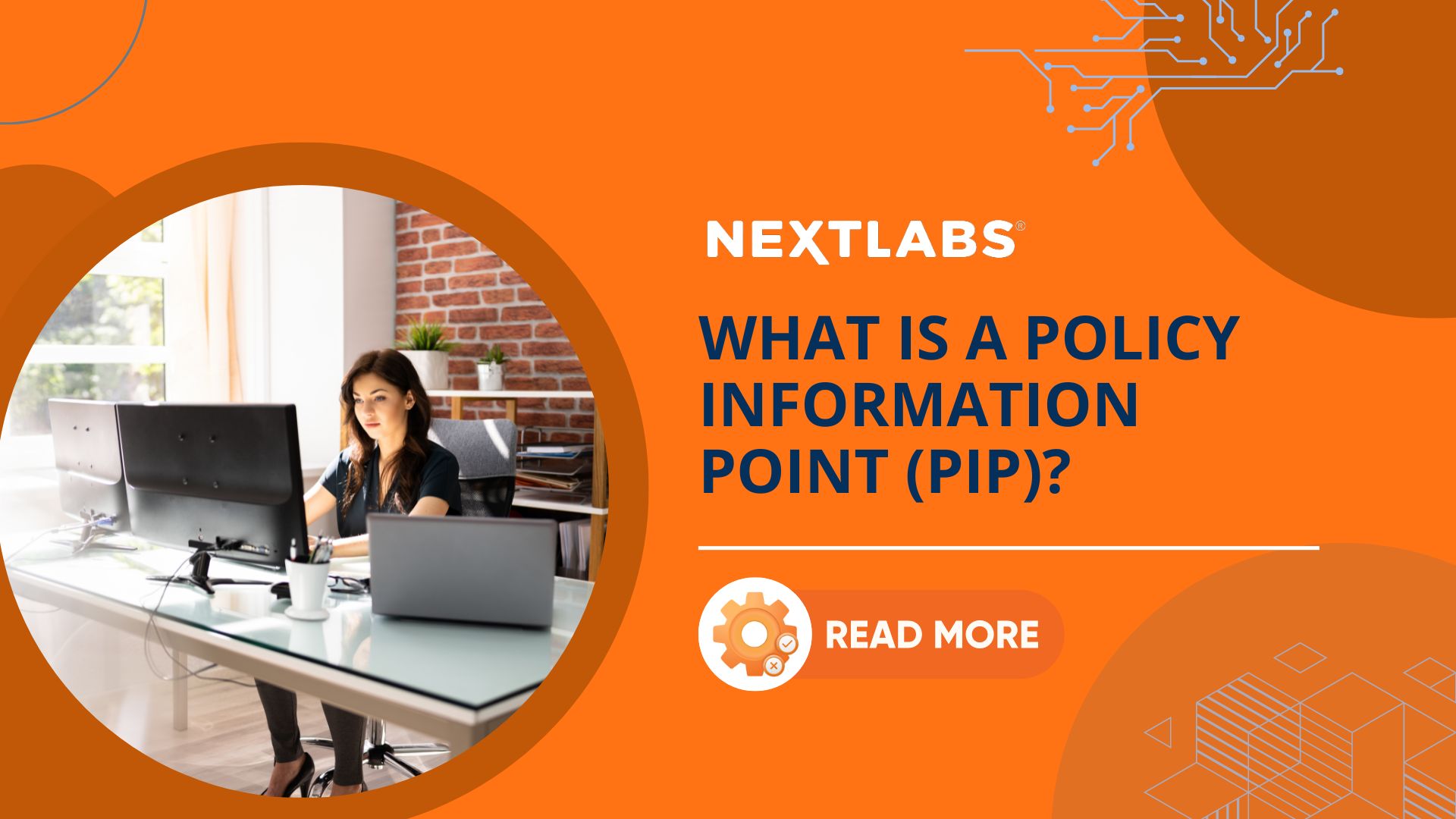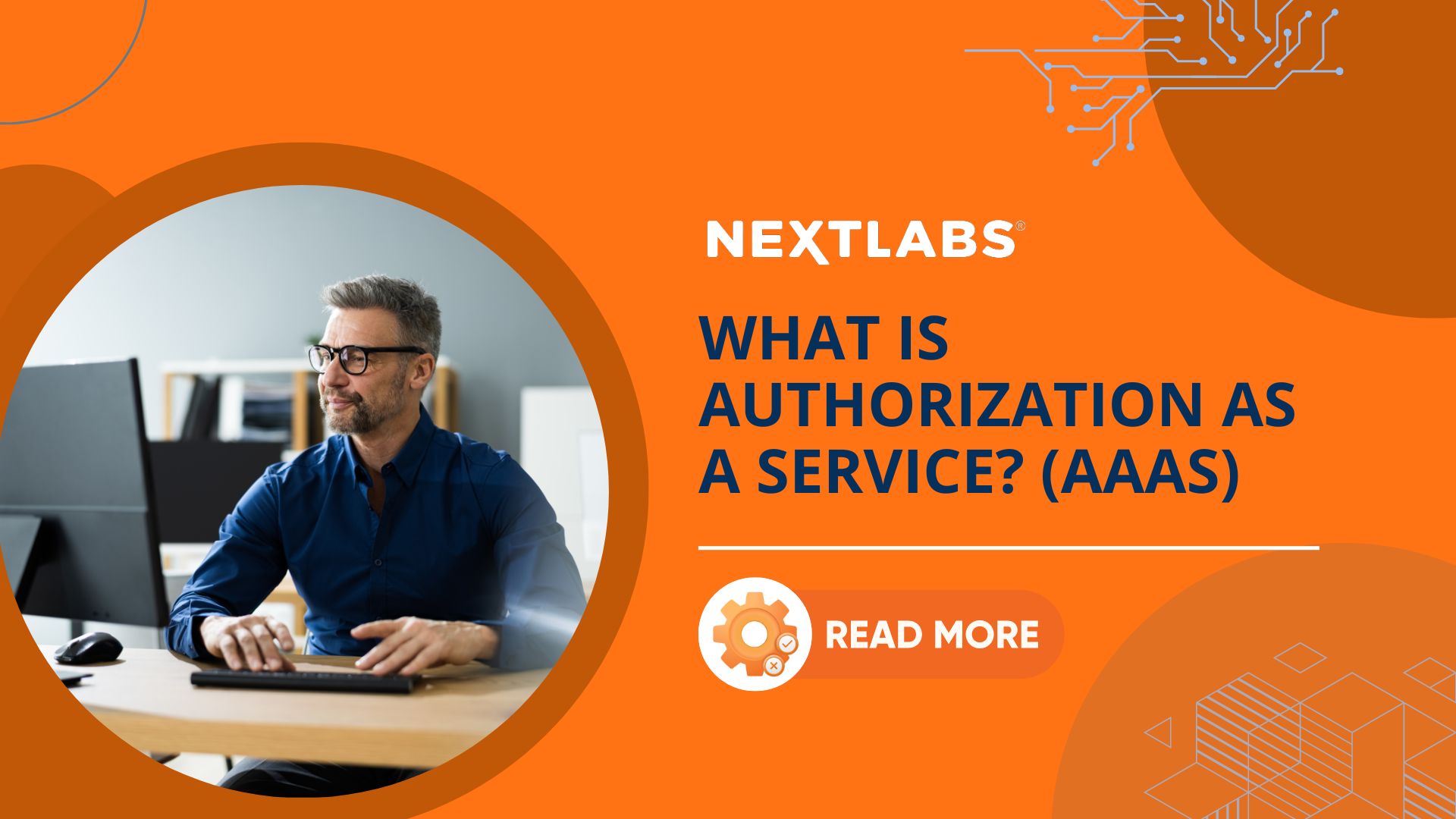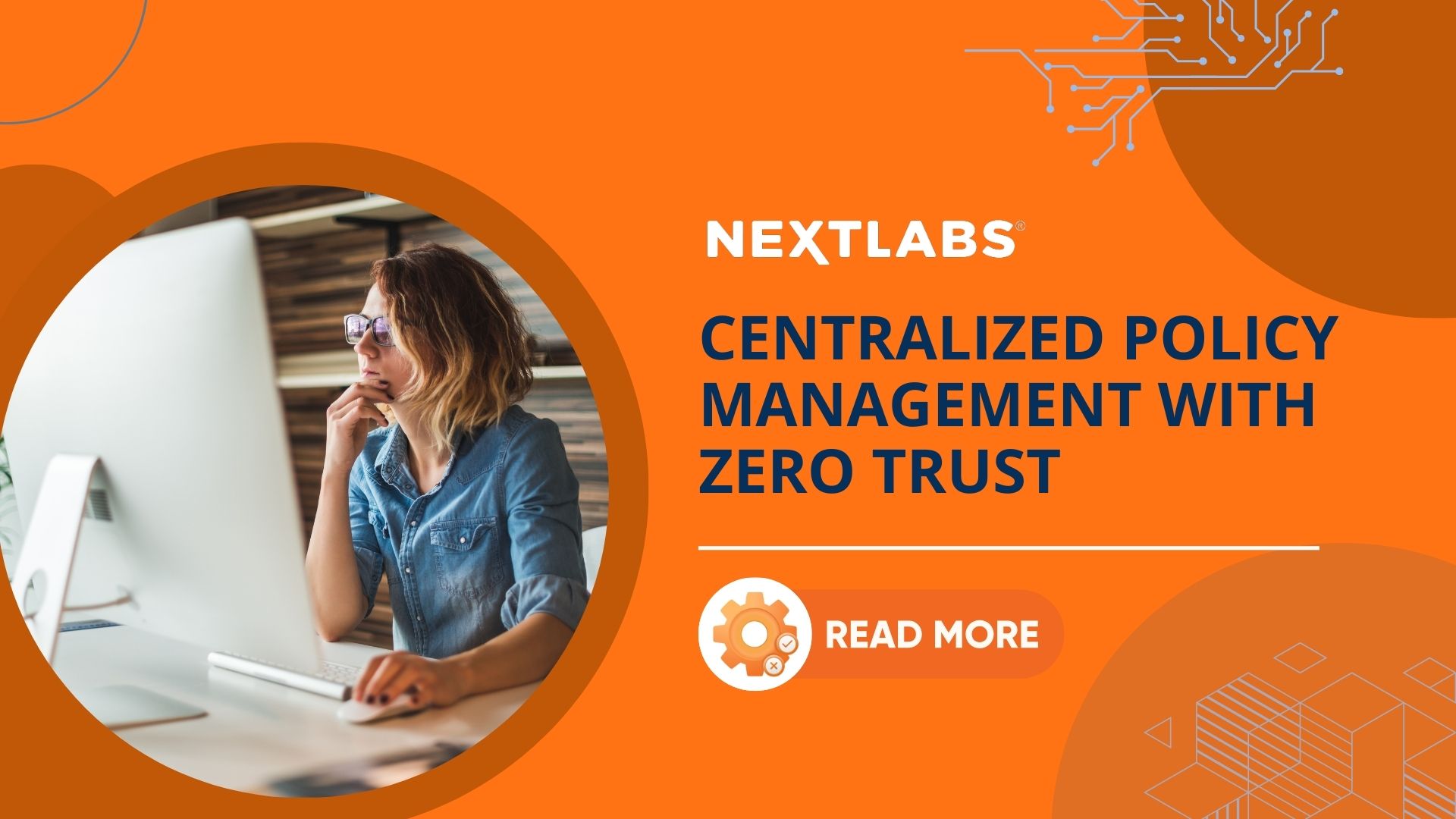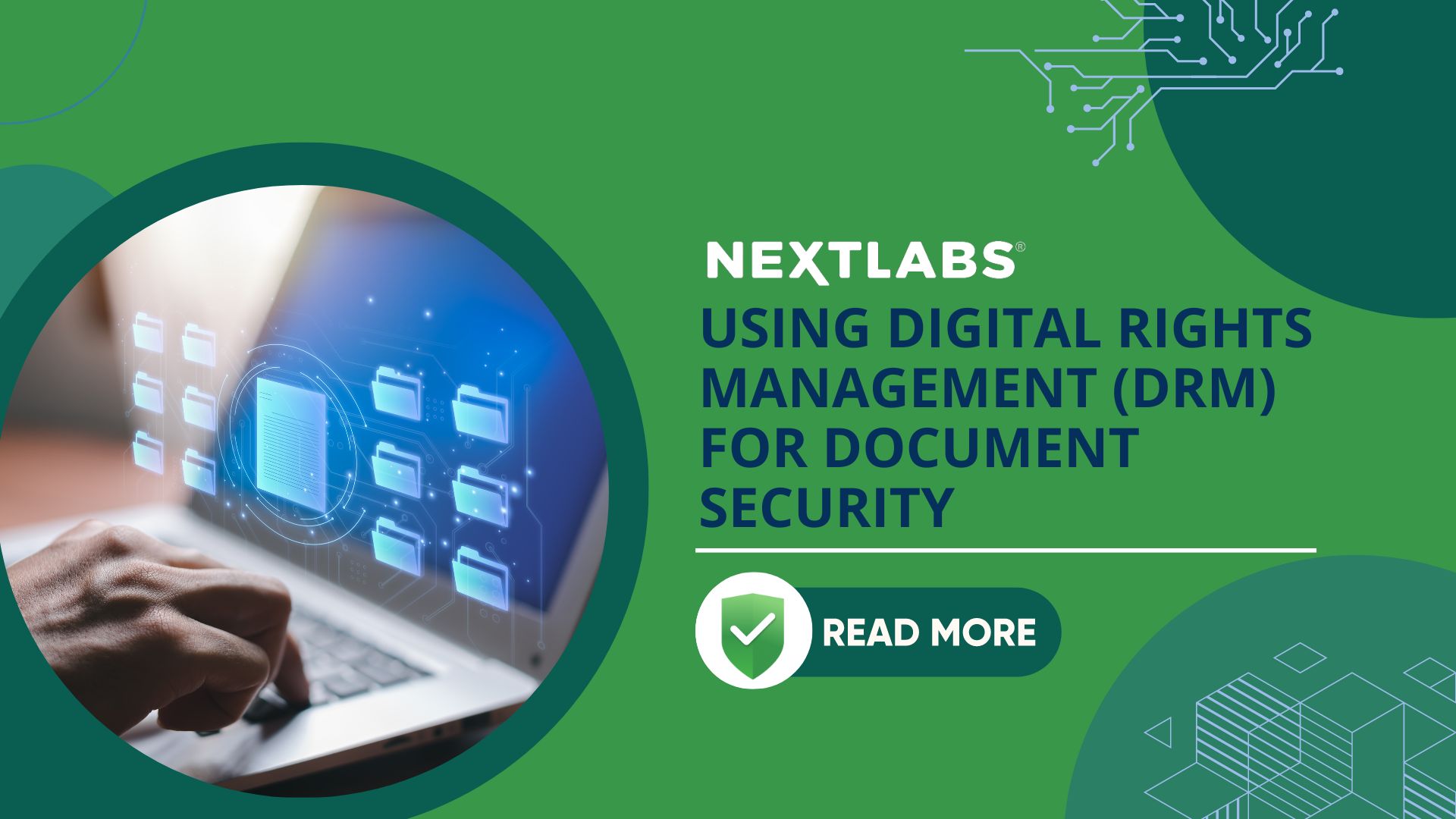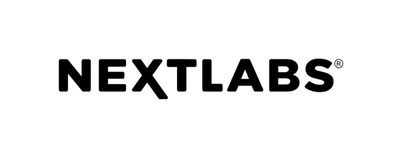The imperative to guard against external and internal threats calls for a fine-grained and flexible solution that protects SAP data regardless of where it resides throughout its lifecycle. This is a scenario where a Data Loss Prevention solution can help.
The imperative to guard against external and internal threats calls for a fine-grained and flexible solution that protects SAP data regardless of where it resides throughout its lifecycle. This is a scenario where a Data Loss Prevention solution can help.
Electronic Export Compliance
The imperative to guard against external and internal threats calls for a fine-grained and flexible solution that protects SAP data regardless of where it resides throughout its lifecycle. This is a scenario where a Data Loss Prevention solution can help.
Safeguarding Data in Joint Ventures, Mergers & Acquisitions, Divestitures, and Sanction
The imperative to guard against external and internal threats calls for a fine-grained and flexible solution that protects SAP data regardless of where it resides throughout its lifecycle. This is a scenario where a Data Loss Prevention solution can help.
Intellectual Property Protection
The imperative to guard against external and internal threats calls for a fine-grained and flexible solution that protects SAP data regardless of where it resides throughout its lifecycle. This is a scenario where a Data Loss Prevention solution can help.
The imperative to guard against external and internal threats calls for a fine-grained and flexible solution that protects SAP data regardless of where it resides throughout its lifecycle. This is a scenario where a Data Loss Prevention solution can help.
The imperative to guard against external and internal threats calls for a fine-grained and flexible solution that protects SAP data regardless of where it resides throughout its lifecycle. This is a scenario where a Data Loss Prevention solution can help.
Uncover the top five security challenges CISOs must tackle as AI revolutionizes industries, revealing the critical areas that demand immediate attention.
The imperative to guard against external and internal threats calls for a fine-grained and flexible solution that protects SAP data regardless of where it resides throughout its lifecycle. This is a scenario where a Data Loss Prevention solution can help.
The imperative to guard against external and internal threats calls for a fine-grained and flexible solution that protects SAP data regardless of where it resides throughout its lifecycle. This is a scenario where a Data Loss Prevention solution can help.
The latest update in February 2024 added a new function, “Govern,” to its core framework, which already included functions like Identify, Protect, Detect, Respond, and Recover, expanding its scope and applicability in addressing evolving cybersecurity challenges.
In this article, we will explore the three key pillars of safeguarding AI, and how two powerful approaches, Zero Trust Architecture (ZTA) and Data-Centric Security, can be applied to protect AI systems.
Zero Trust Policy Management (ZTPM) applies Zero Trust principles for effective policy management. It is crucial to take a data-centric approach to achieve ZTPM.
Runtime authorizaiton enables authorization decisions to be made in real-time when the user is accessing an application or data.
Find out about Zero Trust Authorization and Zero Trust Data Security and how you can implement it for your organization.
Find out about Zero Trust Data Protection and Zero Trust Data Security and how you can implement it for your organization.
Dynamic authorization enables the enforcement of policies in real-time, allowing organizations to respond quickly to changes in the environment and maintain security.
Microservices, otherwise known as microservices architecture, refers to an architectural approach that is composed of many small services which are loosely coupled and independently deployed.
Format-Preserving Encryption, or FPE, refers to encryption where the encrypted output is in the same format as the input, or the original data.
Logical data segregation is the practice of logically separating data based on specific criteria like sensitivity, access requirements, and more.
Logical data segregation empowers organizations to efficiently manage data, enhance data governance, and build trust with stakeholders.
Secure Access Service Edge (SASE) is a concept introduced by Gartner in 2019 which combines network and security capabilities as a service, based on the identity of device or entity, and real-time context.
ITAR Compliance refers to the adherence to the regulations outlined in the International Traffic in Arms Regulations (ITAR), a crucial framework governing the export and transfer of defense-related articles, services, and technical data.
“Technical data” refers to a critical component of information that accompanies physical items or technology. It encompasses a wide range of data, including blueprints, diagrams, schematics, formulae, engineering designs, plans, photographs, manuals, and documentation.
Zero Trust and Data Centric security can be complementary approaches to security. Zero Trust can help to limit access to sensitive data, while Data Centric security can help to protect the data itself. By combining the two approaches, organizations can create a comprehensive security strategy that provides both network-level and data-level protection, helping to improve their overall security posture.
XACML stands for “eXtensible Access Control Markup Language”. It is an XML-based markup language designed specifically for Attribute-Based Access Control (ABAC). The standard defines a declarative fine-grained, attribute-based access control policy language, an architecture, and a processing model describing how to evaluate access requests according to the rules defined in policies.
In the attribute-based access control (ABAC) architecture, the policy information points (PIP) are the system entity that act as a source of attribute values.
Authorization as a Service (AaaS) refers to using third-party service technology to manage authorization in all of your applications. Instead of manually changing individual authorization policies when there are changes in the company, AaaS technology allows you to centrally manage authorization across your applications.
Centralized policy management is an essential component of a successful Zero Trust implementation. By consolidating and managing access policies from a central location, a centralized policy management system helps organizations streamline their security posture, automate policy enforcement, and ensure compliance with regulations and best practices.
Document security refers to measures taken to prevent data in documents from being wrongfully accessed, manipulated, or reproduced. Examples of document security measures include encrypting documents, controlling access to confidential information, and monitoring the use of documents and files.

